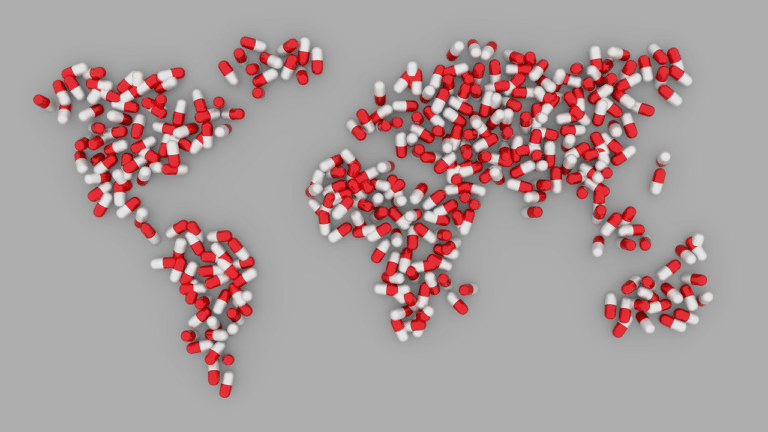
 As someone on the tail end of the Baby Boomer generation, I have a vested interest in the life science industry’s focus to improve both products and services. One of my greatest hopes is that all this focus will lead to cures, or at least better treatments, for many of today’s medical challenges such as Type 2 Diabetes, Cardiovascular Disease, Alzheimer’s, Parkinson’s, Arthritis, joint replacements, hearing loss and so many more. Of course as a supply chain guy, I pay close attention to the Life Sciences Industry supply chain and hope that advances in supply chain capabilities can contribute to the ingenuity and innovation required to conquer some of these health issues.
As someone on the tail end of the Baby Boomer generation, I have a vested interest in the life science industry’s focus to improve both products and services. One of my greatest hopes is that all this focus will lead to cures, or at least better treatments, for many of today’s medical challenges such as Type 2 Diabetes, Cardiovascular Disease, Alzheimer’s, Parkinson’s, Arthritis, joint replacements, hearing loss and so many more. Of course as a supply chain guy, I pay close attention to the Life Sciences Industry supply chain and hope that advances in supply chain capabilities can contribute to the ingenuity and innovation required to conquer some of these health issues.
Life science manufacturers are building advanced supply chain capabilities based on Big Data, Digital Transformation, Advanced Analytics and Artificial Intelligence to drive unprecedented improvements to patient care and cost reductions. However, many companies still have a significant amount of work ahead including the need to establish a strong foundation for more advanced supply chain capabilities.
One of the greatest opportunities for the life sciences industry lies in the ability to address demand uncertainty. This can quickly lead to improved product availability, lower costs and the freeing of excess working capital. A forecast is not simply a projection of future demand; it is a request for potentially lifesaving products and resources. The need to create demand plans by product, business and geography, often over a multi-year time span, and in multiple units and aggregations, creates a highly complex planning environment that dictates the need for advanced demand planning capabilities.
Demand planners need to take an active role to improve forecast accuracy:
- Learn best practices from other industries and applying these learnings to their organization
- Seek educational opportunities in statistics, new procedures and advanced technology
- Understand the unique requirements of their business
Pharmaceutical products, in addition to the stringent regulatory requirements, have a short shelf life. The rate of change for medical device manufacturers often means short product life spans. These inventory challenges and others require all life science industry manufacturers to optimize the type of inventory (raw, WIP, finished), how much of each and where it is stored to provide a high level of patient care. Life sciences manufacturers should actively pursue Multi-Echelon Inventory Optimization (MEIO), which models the entire supply chain and enables the holistic optimization across all types of inventory and all locations (read: Inventory Optimization – Self Check for Life Sciences white paper). MEIO allows you to set product/location specific service level targets to drive higher service levels while maintaining or lowering your costs.
Often some of the biggest supply chain opportunities lie in improving cross-functional collaborative processes like Sales & Operation Planning (S&OP). While S&OP was introduced more than 30 years ago, I find many companies continue to struggle with the ability to balance supply and demand due, in part, to the ever-increasing complexity of the supply chain. However, the benefits from aligned planning are significant including reduced costs and improved customer service. Today ‘best-in-class’ life science manufacturers are taking S&OP a step further uniting volumetric and financial information in one flexible planning and decision support process for strategic and tactical planning called Integrated Business Planning (IBP). IBP can align and synchronize demand and supply as well as all business planning to ensure the entire organization is working to meet the same corporate objectives.
Every industry faces unique challenges, but for medical device and pharmaceutical manufacturers, those challenges can lead to more dire results. My hope is that advanced supply chain initiatives around Big Data, Advanced Analytics, Digital Transformation and Artificial Intelligence will help life science companies improve healthcare for all.



